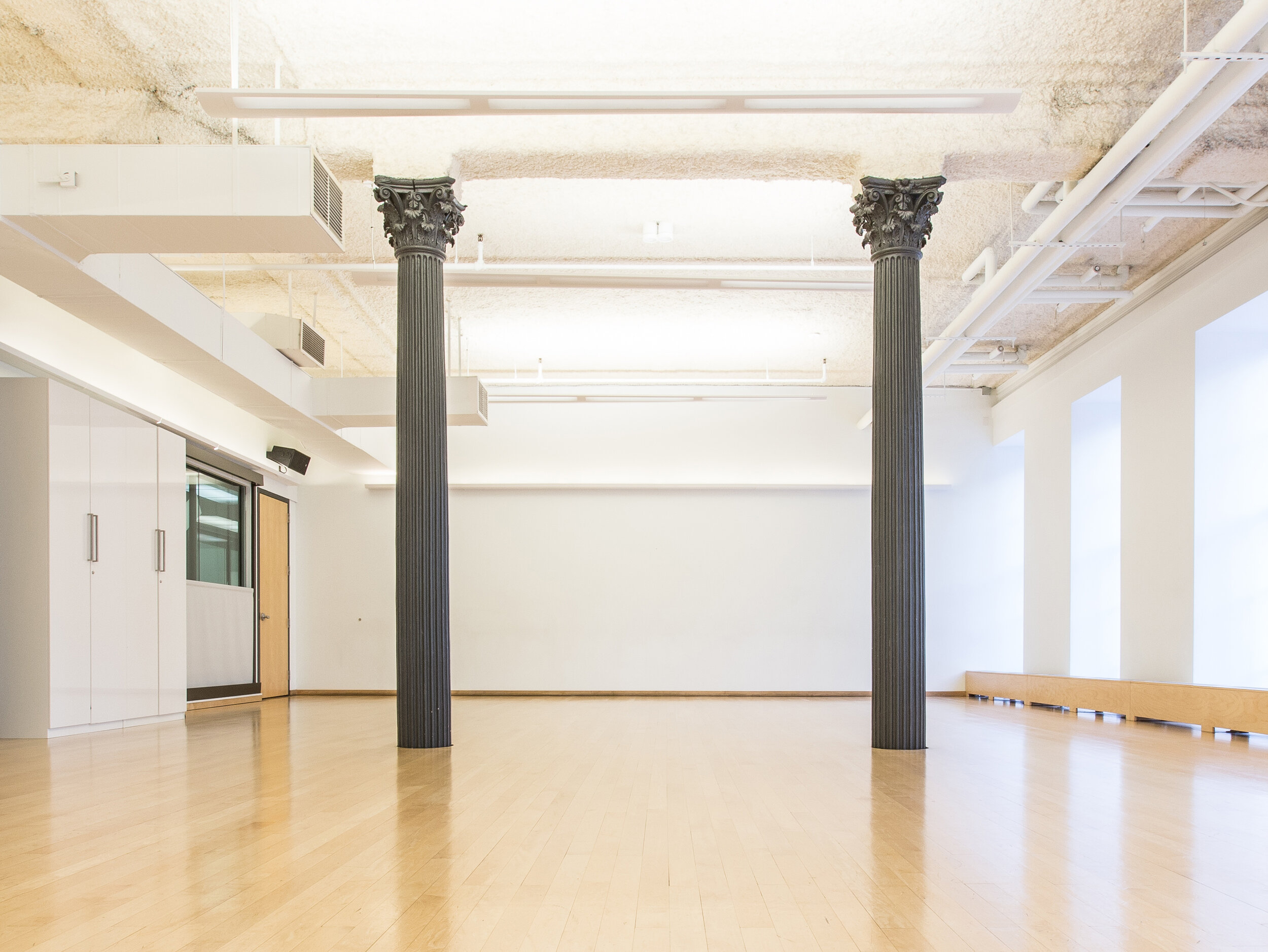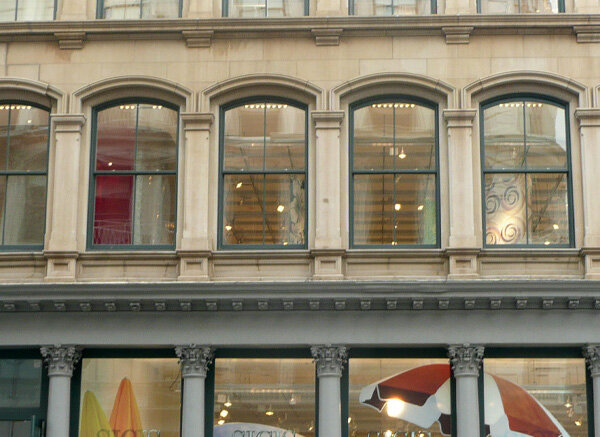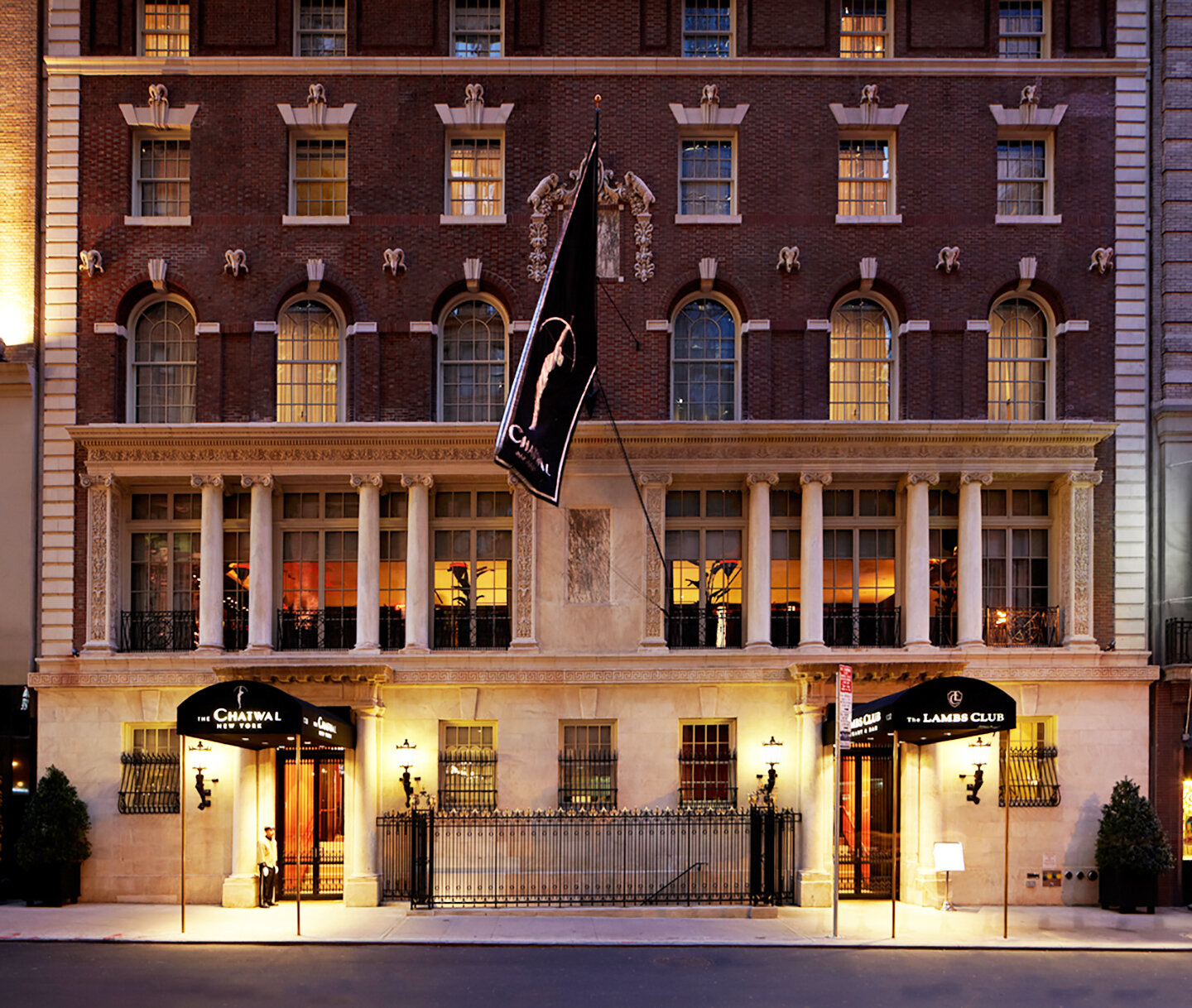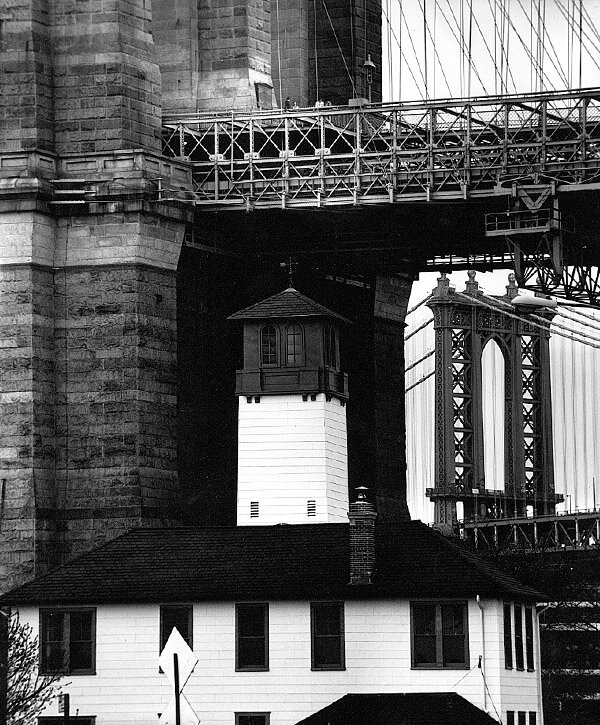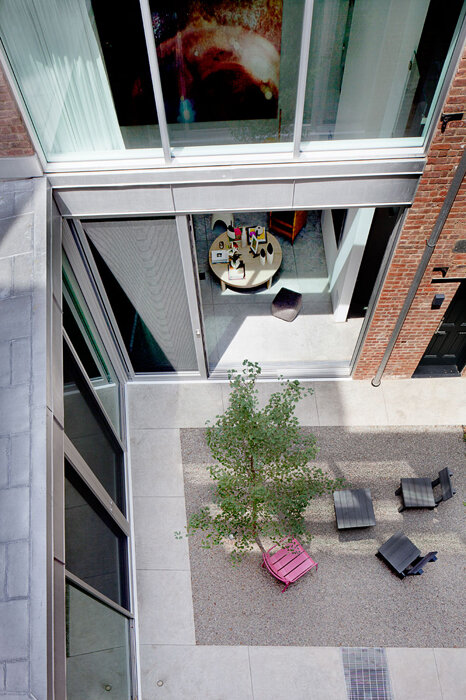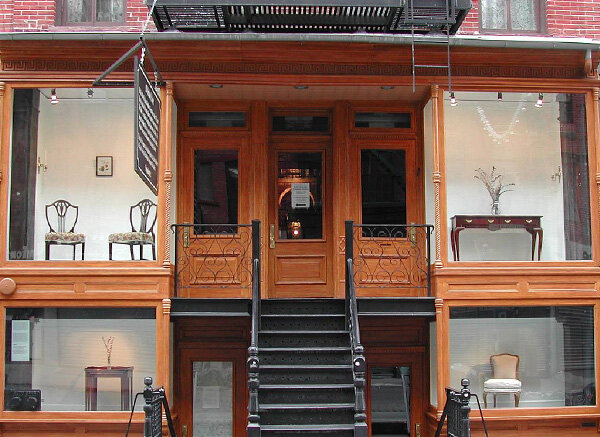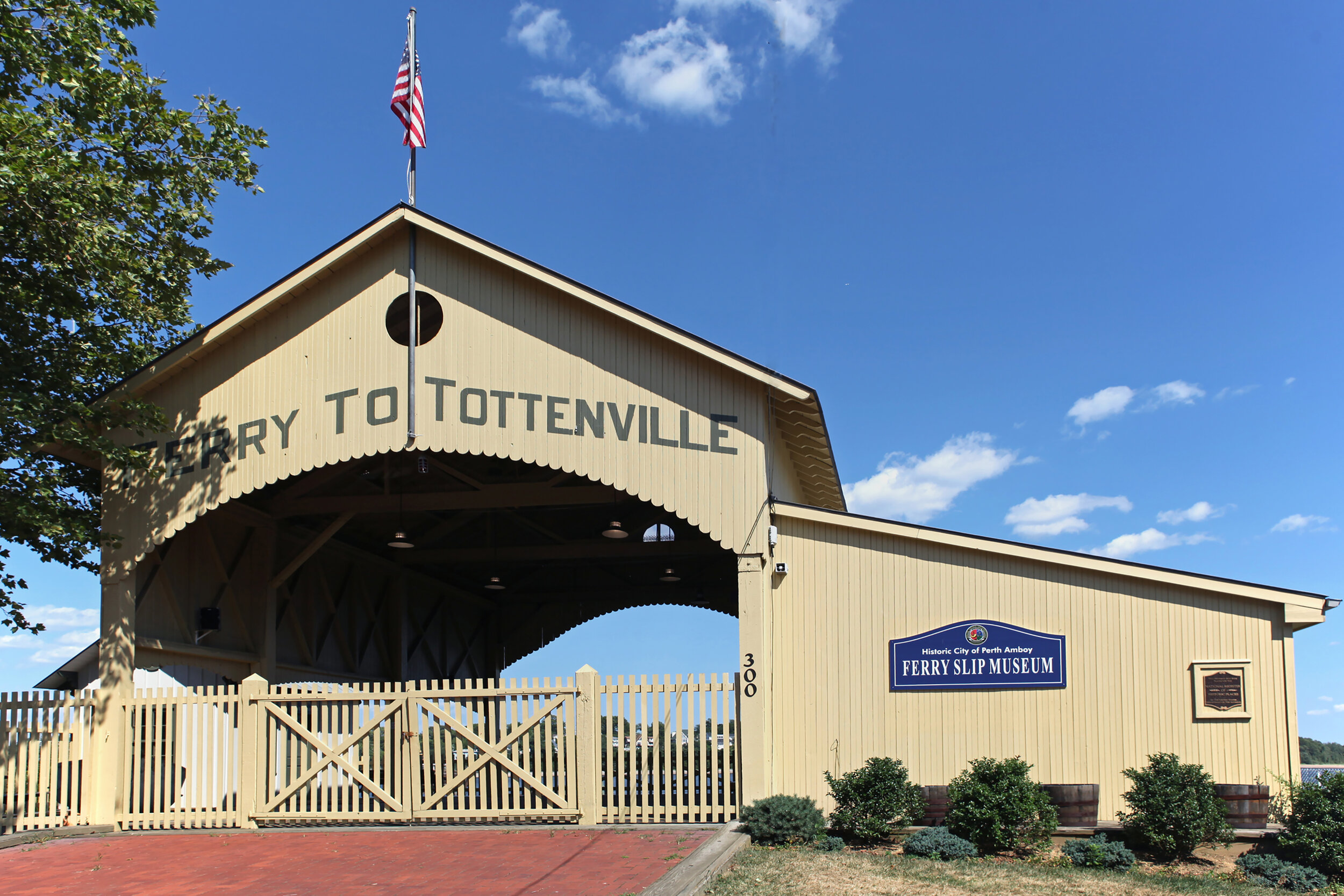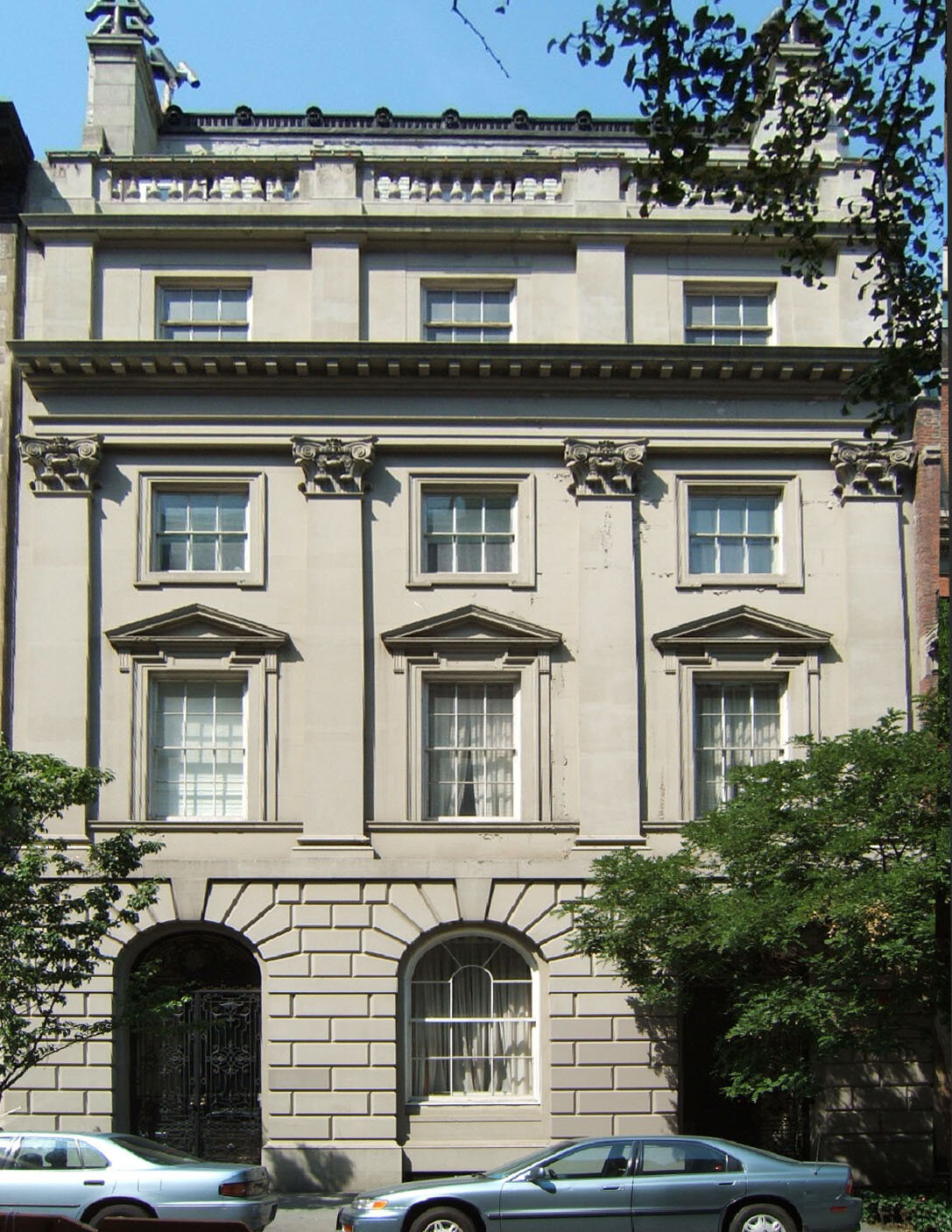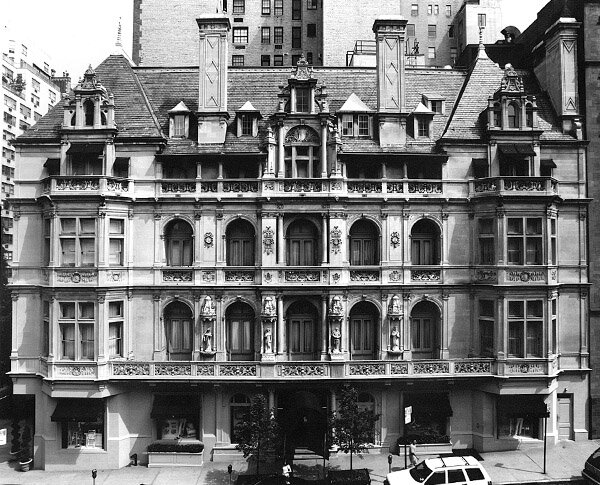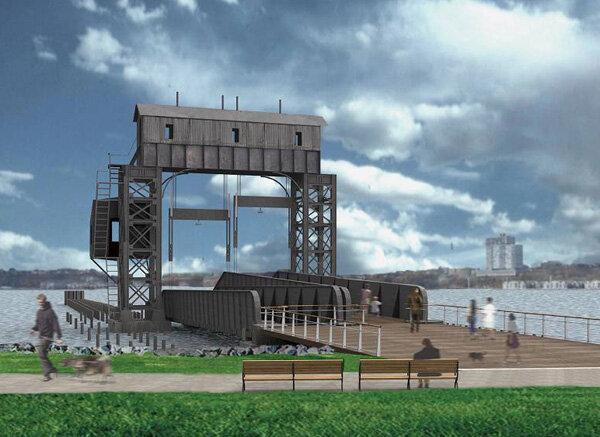Adaptive Use
Gibney Dance New York, NY
With strong expertise in the adaptive use of historic properties, the firm has analyzed, programmed, and/or designed new uses for abandoned or under-utilized structures, including the Polo/Ralph Lauren store in the former Rhinelander Mansion; Barnes & Noble in the former Century Building; the Lower East Side Tenement Museum in a former pre-law tenement; high-end retail store and offices in a former parking garage; housing and day care centers in former convents; offices, hospitality, and public assembly spaces in a former church; offices and food service in a former fireboat house; an art center in a former movie theater; and joint live-work quarters in loft buildings, among other projects. LSA’s familiarity with adaptive use includes:
Performing due diligence to understand the historic site’s character-defining features, use, and changes performed over time
Retaining distinct historic spatial configurations, materials, features, finishes, construction techniques, and craftsmanship
Balancing respect for the historic property with modern building and code requirements where new additions, alterations and/or new construction are proposed
Integrating sustainability and preservation goals
Knowledge of The Secretary of the Interiors’ Standards and Guidelines for the Treatment of Historic Properties and the New York City Landmarks Preservation Commission’s Rules and Guidelines

